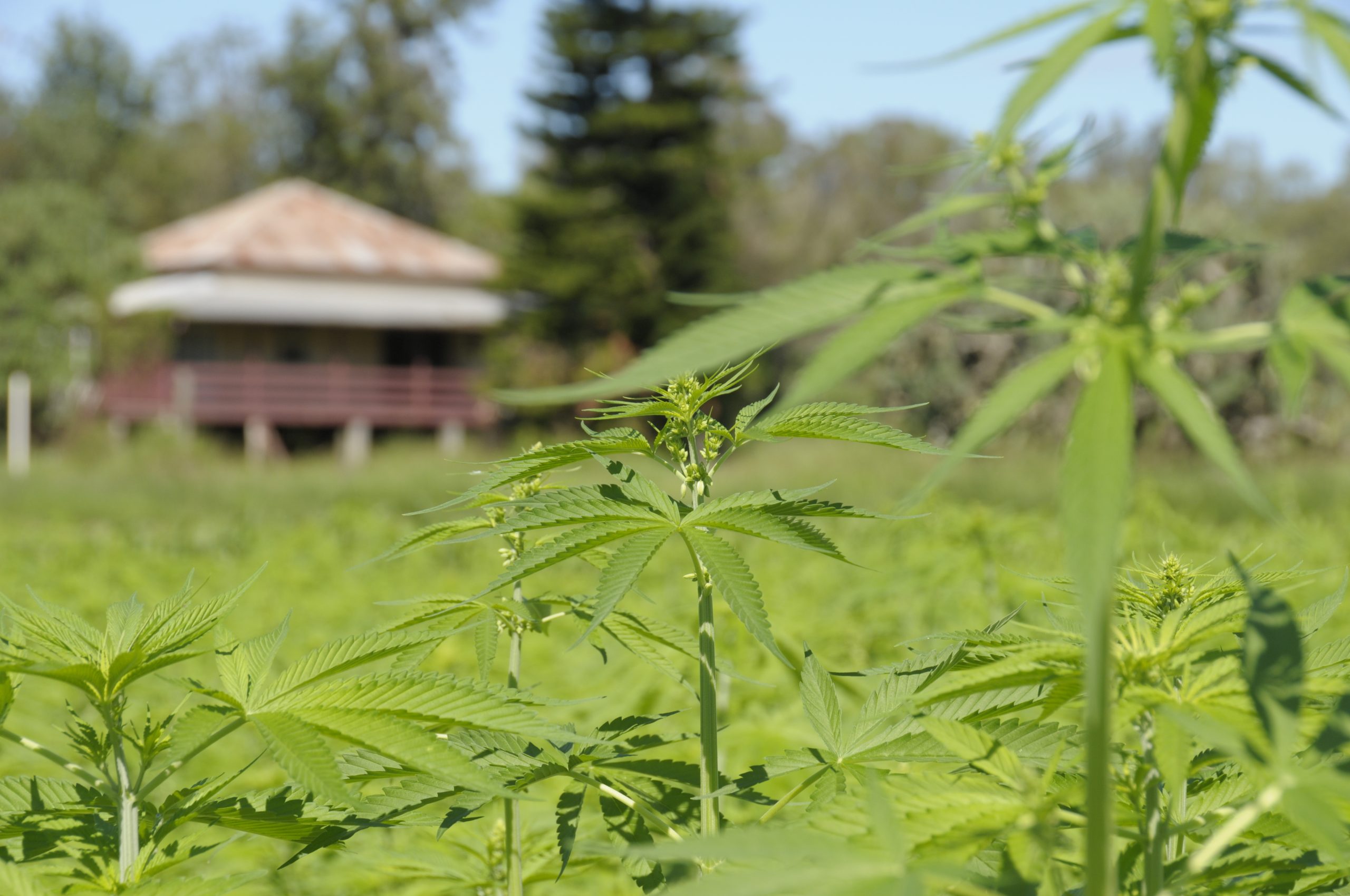Plant biotechnology is simply the use of scientific knowledge or discovery to generate useful plants. In the context of genetics and bioinformatics, plant biotechnology often refers to the manipulation of DNA sequences of a plant species in order to produce a more desirable end product.
Hemp, whose scientific name is Cannabis sativa, is perhaps the most famous plant ever discovered by humans. Since it’s discovery it has been used by millions of people for both industrial applications and therapeutic purposes. Cannabis has a rich history, complex biology and a fascinating physiology. The unique genomes and plant biotechnology are only beginning to uncover the secrets of Cannabis Sativa L. Scientists now have the opportunity to grow these plants in tissue culture, thereby being able to genetically modify them a variety of ways (Brautigam A, Gowik U 2010). Introducing advanced biotechonology for Industrial Hemp would open the doors to an immense amount of knowledge. For example, producing genetically transformed, region specific or medicinally focused variety to produce annual harvests for demanding supply chains.
Throughout our existence, humans have continued to seek a more premium cannabis plant. The range of phenotype and qualities of contemporary cannabis are remarkably different from wild land race relatives, compared to early growers of cannabis, the subsequent generations improved traditional breeders. Traditional breeders still exist and are very important to todays industrial cannabis industry(Schultes 1970). At the moment, we are at a turning point in cannabis genome evolution, the current generation of growers have the opportunity to develop strains with abilities unknown to our medical knowledge so far. We are now able to use cannabis strains that were so carefully bred for a purpose and directly manipulate the genome, we are able to dictate what enzymes of a particular metabolic pathway are produced in abundance or alter enzymes to have an increased affinity for a substrate.

Image: Australian Hemp variety ‘Farnsfield‘ with high germination and great vigour (Hemp Farms Australia, Childers – QLD 2020)
As important to most plants, the DNA is crucial to the cannabis plant for production of proteins. These proteins dictate how the plant will develop over time, respond to environmental fluctuations, generate metabolites, and maintain important cell processes. A DNA with strong genomic characteristics will produce phenotypes relative to these strengths and or weaknesses. Proteins have a diverse array of functions that include carrying out daily metabolic processes and facilitating cell reproduction. Cannabis genetics follows similar genetic principles shared by all other species.
Throughout history, we have learnt from those who first discovered genetic sequencing in plants which in turn surfaced the study of phenotypes and how these related to individual genome in the sequence. Although Gregor Mendel was the first to study single-gene traits in peas, others had come before him but studied polygenic traits, something much too complicated to understand at the time since several genes are involved (Chandra S, Lata H, Khan IA, ElSohly 2013). In the early 1900s, years after his death, Mendel’s scientific papers on pea breeding were discovered and the mystery of inheritance was slowly unraveled. Maize, wheat, and cannabis breeders are now well aware that there is importance in crossing parents of particular phenotypes (appearances) and chemotypes (chemical makeup) to produce progeny with desirable traits. Indeed all farmers or plant producers of all scales understand that seed genetics are incredibly influential in determining the success of a crop (Russo Bot – 2008).
Our current abilities to manipulate life fused with the wonders of cannabis, leave ample room for countless new experiments and explorations. Little difference exists in how the genetically enhanced cannabis is generated, whether in academia, by governments that facilitate such research, under the guidance of private companies, or in secret laboratories. What seems most important is for all growers and consumers of cannabis to be aware of the changing landscape that has previously defined Cannabis sativa, the foundations of this plants biotechnology are deeply rooted within the length of time it has persevered on Earth, adapting and surviving through harsh climates whilst providing resources for both animals and humans.

Image: Sub-tropical Australian cultivar ‘Ruby‘ beginning to flower (Hemp Farms Australia, Lowood – QLD 2018)
The botany of Cannabis Sativa has stimulated endless interest in improving its cultivation. The plant has many features that have served humanity well. The nutritional benefits of cannabis seeds, to humans and other animals, are now widely realised. The durability of its fibres has paved paths for explorers and influenced social interactions. Perhaps more influential than cannabis being used as a food or fibre is the realisation of the unique blend of secondary metabolites. As mysterious as they are, scientific methods are unraveling the activities of phytocannabinoids on the human mind and body. To adequately understand the potentials that cannabis biotechnology holds for the future, we must appreciate the evolutionary changes that led to the Cannabis Sativa plant known today.
Written by: Lauchlan Grout – Co Founder Hemp Farms Australia
References
Brautigam A, Gowik U (2010) What can next generation sequencing do for you? Next generation sequencing as a valuable tool in plant research. Plant Biol (Stuttg) 12(6):831–841
Lane N, Martin WF, Raven JA, Allen JF. Energy, genes and evolution: introduction to an evolutionary synthesis. Phil Trans R Soc B. 2013 Jul 19;368(1622):20120253.
Schultes RE. Random thoughts an queries on the botany of cannabis. In: The Botany and Chemistry of Cannabis. J & A Churchill, London,1970.
Chandra S, Lata H, Khan IA, ElSohly MA. The Role of Biotechnology in Cannabis sativa Propagation for the Production of Phytocannabinoids. In: Chandra S, LATA H, Varma A, editors. Biotechnology for Medicinal Plants. Springer Berlin Heidelberg; 2013 p. 123–48
Russo EB, Jiang H-E, Li X, Sutton A, Carboni A, Bianco F del, et al. Phytochemical and genetic analyses of ancient cannabis from Central Asia. J Exp Bot. 2008 Nov 1;59(15):4171–82.
